Have you ever rummaged through a jar of old coins, wondering if any of those dusty, forgotten pennies might actually be worth more than their face value? You’re not alone! Many people overlook these small pieces of history, but some of them could be worth a fortune. Whether you’re a seasoned collector or just someone with a curious jar of coins, uncovering the true value of your pennies can be both exciting and rewarding. Let’s dive into 13 reasons why your old pennies could be worth a fortune and how you can find out if you’re sitting on a small treasure.
1. The Story Behind Mint Errors
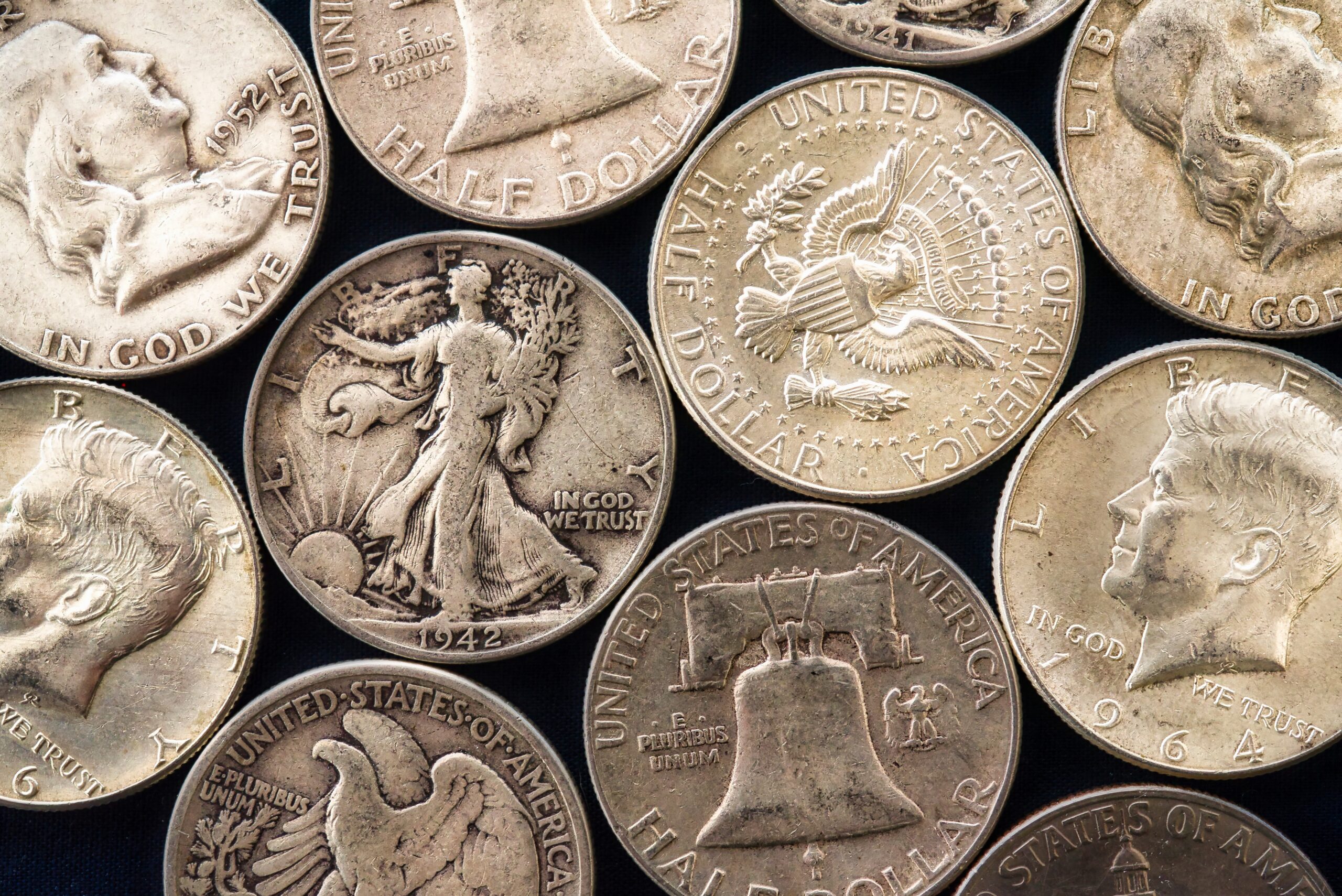
Sometimes, mistakes can pay off big time, especially if they happened at the mint! Mint errors occur when coins are misprinted or struck improperly, making them unique and highly sought after by collectors. For example, the famous 1955 Double Die Lincoln penny features a noticeable doubling effect on the obverse side, making it a rare commodity. Other errors include off-center strikes, planchet cracks, and missing elements. According to PCGS, mint error coins can fetch thousands of dollars, depending on the rarity and severity of the error.
To determine if your penny has a mint error, start by examining it closely under a magnifying glass. Look for any unusual markings or irregularities that stand out from normal pennies. Keep in mind that not all errors are created equal, and some may only add a small premium to the coin’s value. If you’re unsure, consider consulting a professional coin appraiser who can provide more insight. Remember, while mint errors can be lucrative, their value heavily depends on the demand from collectors.
2. Condition is Key: Uncirculated and Proof Coins
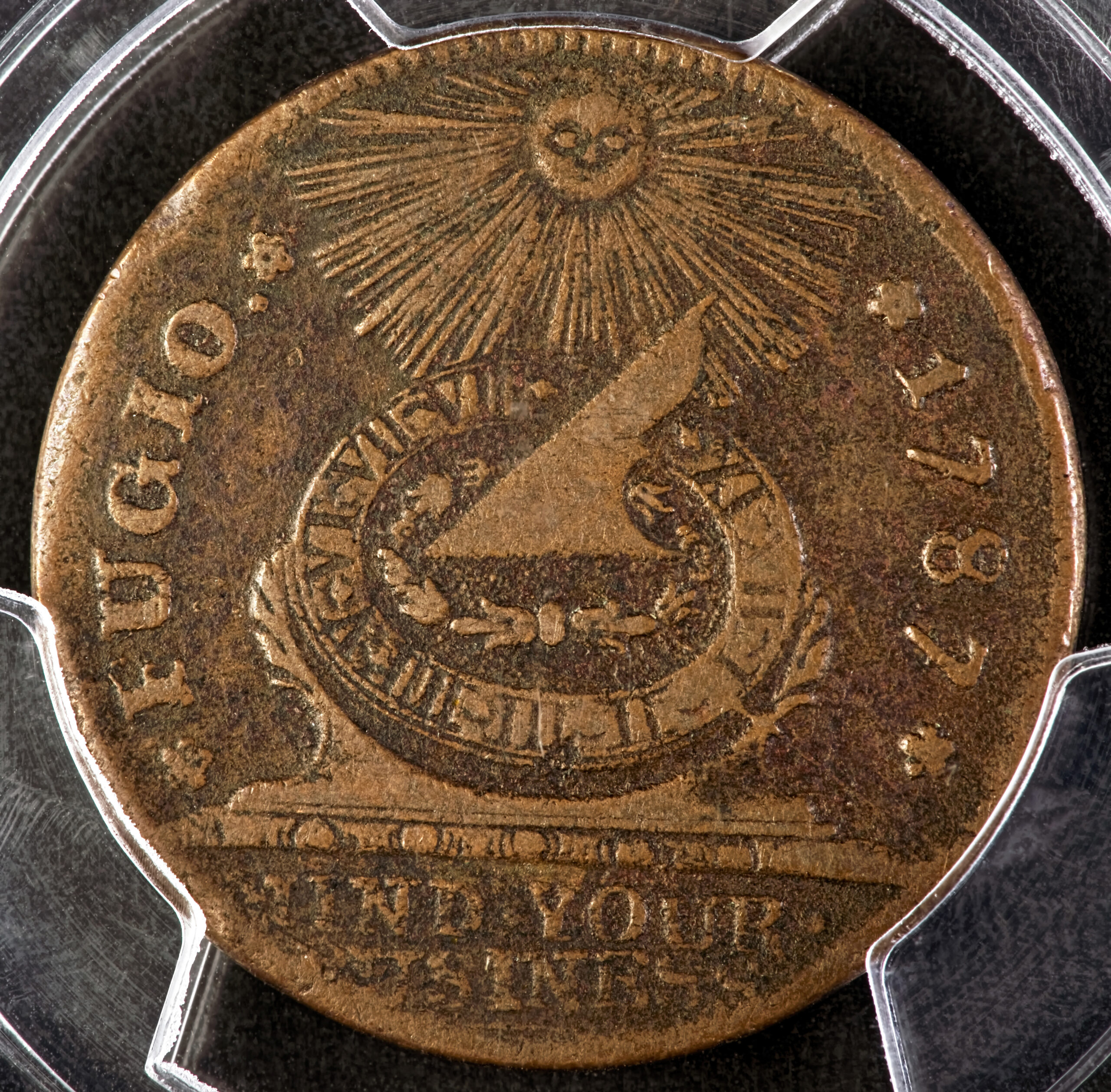
Coins in exceptional condition often command higher prices, and uncirculated or proof pennies are no exception. Uncirculated coins haven’t been used in everyday transactions, so they retain their original luster and details. Proof coins, on the other hand, are struck using a special process that gives them a mirror-like finish and sharp details. These coins are usually part of collector sets and not meant for general circulation. The American Numismatic Association explains that both uncirculated and proof coins can be worth significantly more than circulated coins due to their pristine condition.
To evaluate your penny’s condition, carefully inspect it for any signs of wear, scratches, or tarnish. Coins that appear nearly flawless can be classified as “Mint State” or “Proof,” significantly boosting their value. If you believe your penny fits the bill, consider getting it graded by a reputable grading service. Graded coins are authenticated and encapsulated in a protective holder with an assigned grade, providing assurance to potential buyers. Keep in mind that grading services charge a fee, so weigh this cost against the potential increase in value before proceeding.
3. Historical Significance: The Wheat Penny Era

The iconic wheat penny, officially known as the Lincoln Wheat Cent, was minted from 1909 to 1958 and remains a favorite among collectors. These pennies feature wheat stalks on the reverse side, replaced by the Lincoln Memorial design in 1959. Some wheat pennies are particularly valuable, such as the 1909-S V.D.B. penny, which was minted in limited quantities and features the designer’s initials. Collectors are also interested in pennies from specific years or with unique historical contexts, like those minted during wartime.
To determine the worth of your wheat penny, start by checking the date and mint mark, usually found below the date on the obverse side. Certain years and mint marks are rarer, thus more valuable, than others. Do some research on the particular year and mint of your penny to understand its historical significance. Websites like CoinWeek offer a wealth of information on rare coins and their values. If your penny seems promising, consider having it appraised by a professional to get a more accurate assessment of its worth.
4. Rare Metals and Compositions
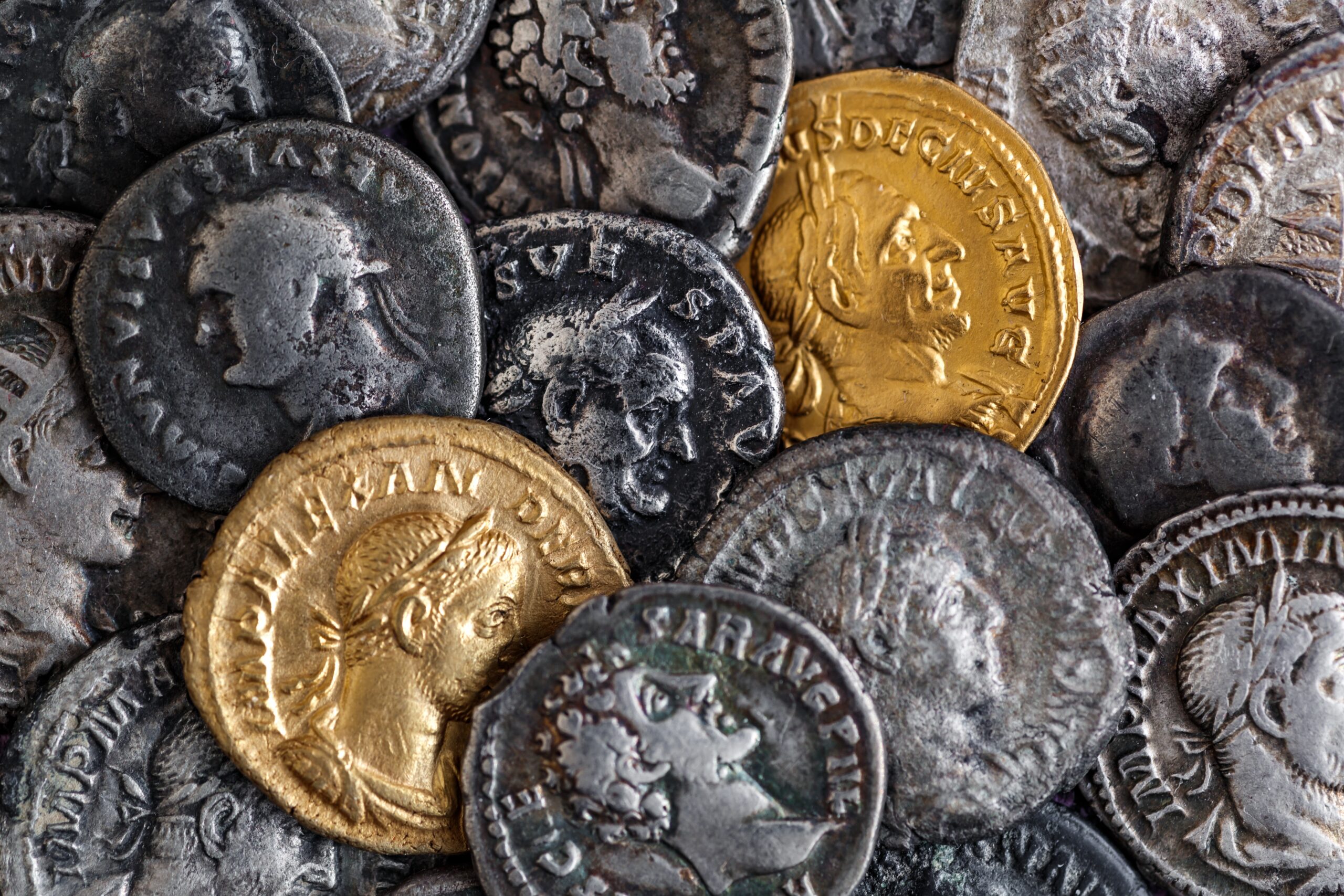
Did you know that the composition of your penny could significantly impact its value? While most people think of pennies as copper coins, not all pennies are made from pure copper. For instance, during World War II, the U.S. Mint produced pennies using steel to conserve copper for the war effort. These 1943 steel pennies are magnetic, making them easy to identify and quite popular among collectors. In contrast, pennies from certain years may have been minted using different metal compositions, which can pique collector interest.
To identify the metal composition of your penny, start by checking its date, as this can offer clues about its material. A simple magnet test can help determine if a penny is made of steel. If your penny sticks to a magnet, there’s a good chance it’s a 1943 steel penny. However, some copper pennies from that year are known to exist due to errors, making them exceedingly rare and valuable. If you suspect you have a unique composition, consult with a coin expert who can help verify its authenticity.
5. Limited Mintage: The Secret to Rarity
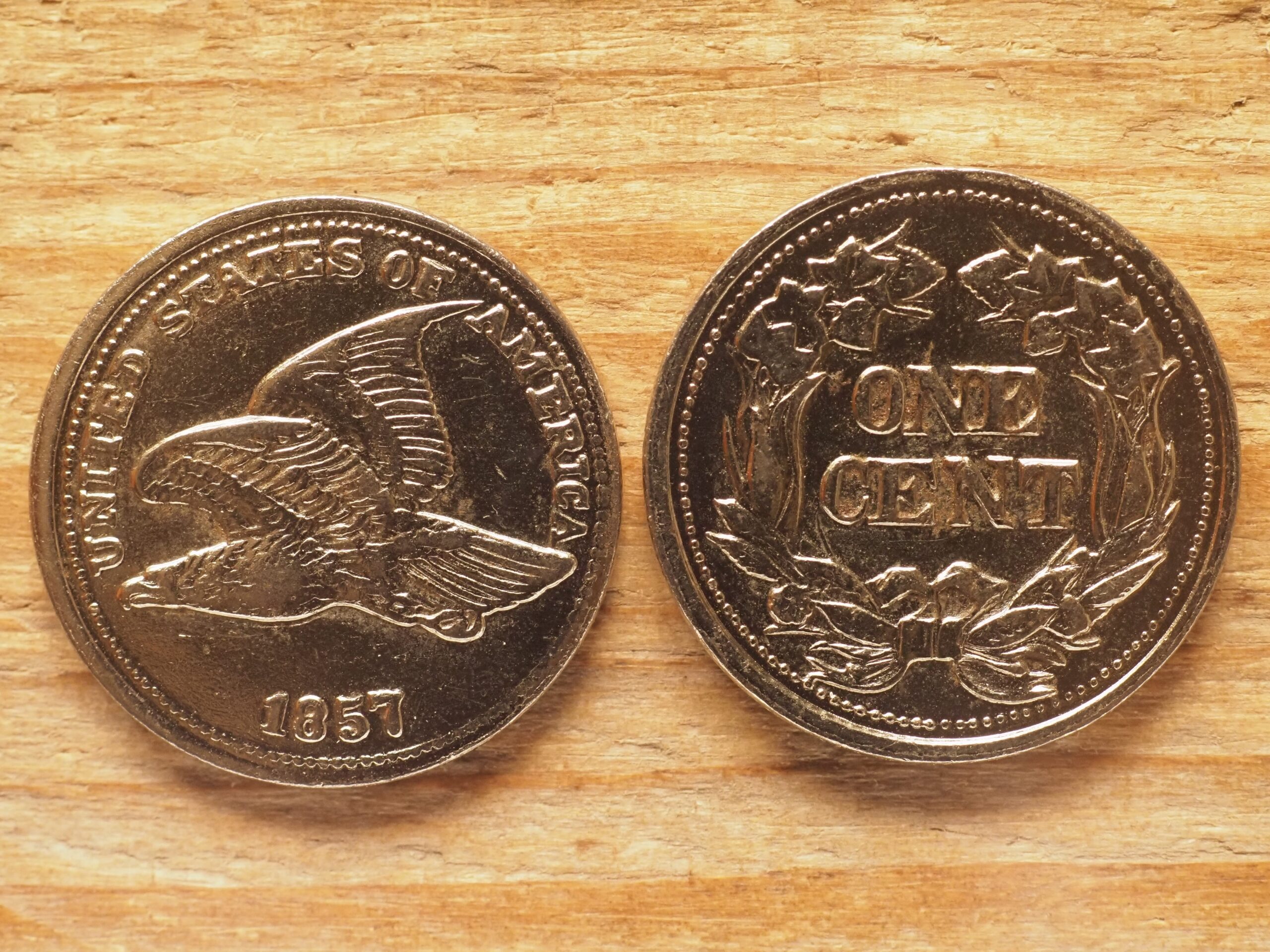
Sometimes, less is more, especially when it comes to coin collecting. Pennies with limited mintage numbers often become collector’s items due to their scarcity. Mintages can be limited due to various reasons, such as economic conditions, changes in minting practices, or the introduction of new designs. Coins from a limited mintage may also have been reserved for special occasions or proof sets, increasing their value. Notable examples include the 1909-S Lincoln penny and the 1931-S penny, both prized for their low production numbers.
To discover if your penny is part of a limited mintage, check reputable coin references or databases for mintage figures. Pay attention to the mint mark, which indicates where the coin was produced and can affect its rarity. Coins from certain mints, like the San Francisco Mint, often have lower mintages compared to others. If your penny is from a low-mintage year or mint, it might be worth more than you think. Keep an eye on auction results and collector interest to gauge the potential demand for your coin.
6. Variants and Unlikely Finds
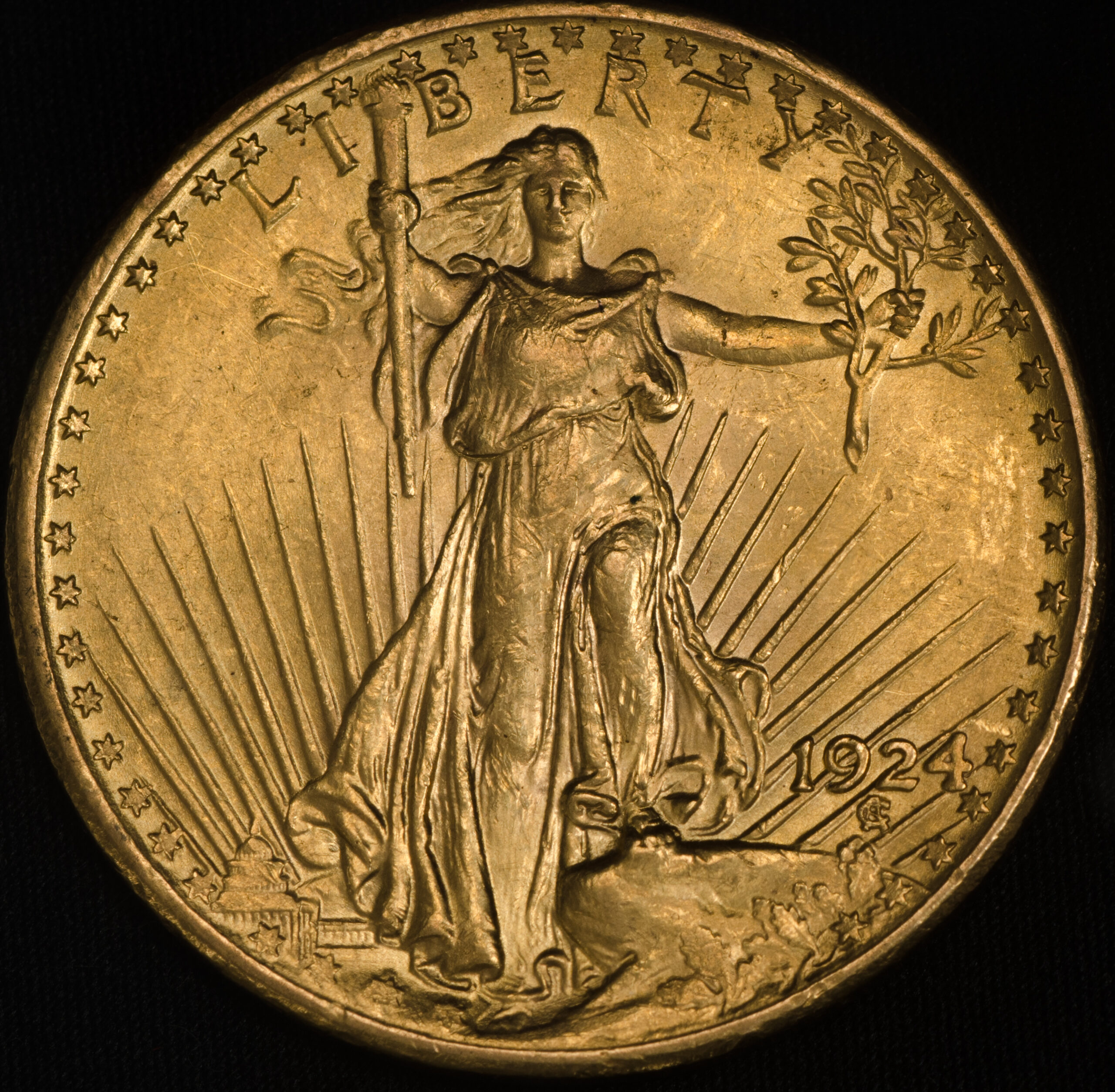
Pennies with subtle variations can sometimes fly under the radar, only to later be discovered as valuable treasures. These variants may include minor design changes, different mint marks, or unusual surface textures. Sometimes, a coin variant might not be considered significant until years later when collectors recognize its uniqueness. For example, the 1992 Close AM penny features a closer spacing between the “A” and “M” in “America,” making it a rare find despite its seemingly ordinary appearance.
To identify variants, examine your pennies closely and compare them to standard examples from the same year. Look for differences in design elements, mint marks, or other distinguishing features. Keep abreast of updates in the numismatic community, as new variants are occasionally discovered. Engaging with coin forums, attending coin shows, or subscribing to numismatic publications can help you stay informed. If you suspect you have a variant, seek confirmation from experts who can authenticate your find.
7. The Influence of Pop Culture and Media
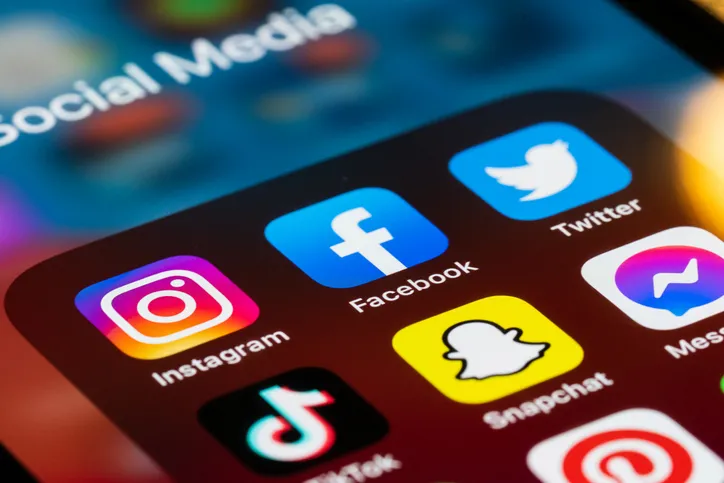
Sometimes, the story behind a penny can add to its allure and value. Coins featured in movies, TV shows, or news stories can capture public interest and drive up demand. For example, a penny used in a famous movie or TV scene might become a sought-after collectible. Similarly, coins associated with historical events or significant public figures can gain notoriety, increasing their appeal to collectors.
If you own a penny with a pop culture or media connection, research its story and significance. Discovering the context and background can enhance your appreciation and understanding of its value. Consider documenting the story behind your coin for potential buyers, highlighting its unique place in history. Keep an eye on news and entertainment media for mentions of coins, as their prominence might influence their market value. Engaging with collectors who share an interest in pop culture connections can offer additional insights.
8. Coins with an Unexpected Pedigree
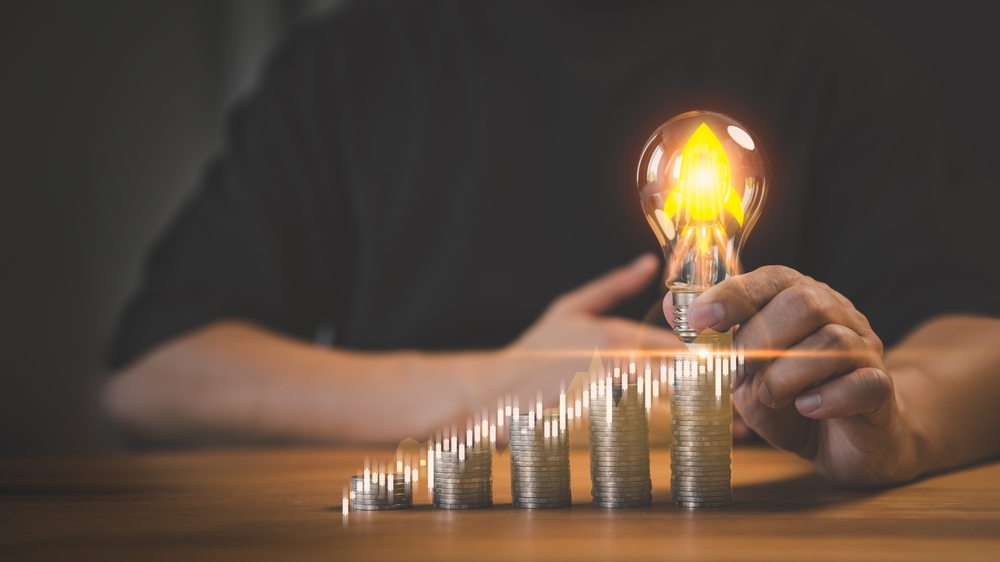
Sometimes, a penny’s previous ownership or provenance can add to its value. Coins that were part of famous collections or owned by notable individuals can command a premium. For instance, a penny that once belonged to a renowned numismatist or historical figure might attract collectors seeking a piece of history. Documentation or certificates verifying the penny’s past can enhance its desirability and worth.
If you suspect your penny has an interesting pedigree, investigate its provenance through auction records, dealer notes, or collector testimonials. Establishing a documented history can add authenticity and intrigue to your coin. If you lack documentation, consider reaching out to numismatic experts or auction houses for assistance in tracing its lineage. Keep in mind that while provenance can boost value, it should be corroborated by reliable sources to maintain credibility. Engaging with numismatic communities can help uncover more about your coin’s past.
9. The Role of Coin Design and Artwork

A penny’s design can significantly impact its desirability and value among collectors. Coins with intricate, beautiful, or unique designs often attract attention and admiration. Artists and engravers play a crucial role in crafting these small masterpieces, and their work can become highly collectible. Some pennies, like the Indian Head penny or the Flying Eagle cent, are celebrated for their artistic appeal and historical significance.
To appreciate the design of your penny, study its artistic elements, such as engravings, motifs, and overall composition. Research the artist or designer responsible for the coin, as their reputation can enhance its allure. Engage with fellow collectors who appreciate coin artistry to gain new perspectives. Attend coin exhibitions or museums to view collections and learn more about coin design. Celebrating the artistry behind your penny can deepen your connection to it and potentially increase its market value.
10. The Thrill of the Hunt: Finding Pennies in Unlikely Places
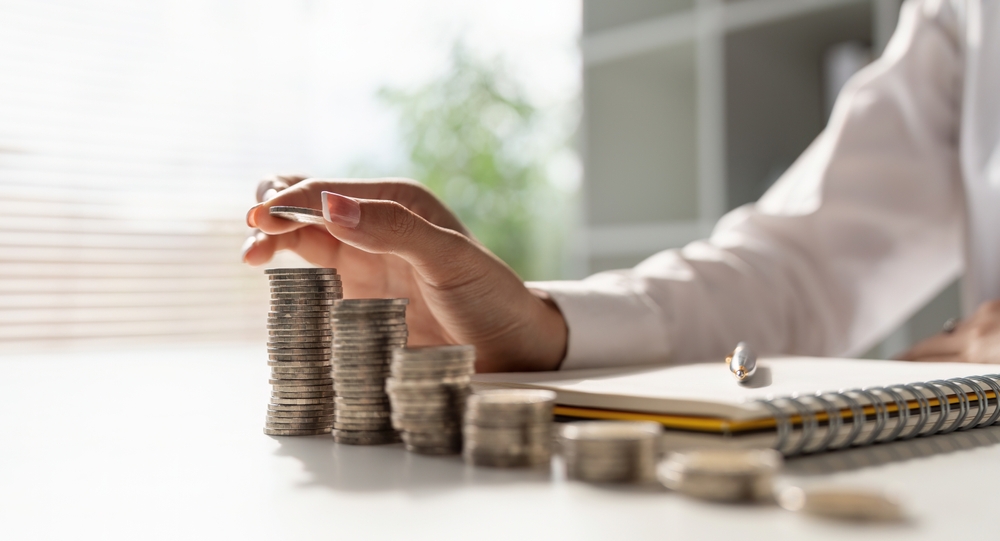
The excitement of discovering a valuable penny can be akin to finding hidden treasure. Many collectors enjoy the thrill of searching through old collections, estate sales, or forgotten piggy banks for rare coins. Sometimes, valuable pennies turn up in the most unexpected places, providing a rewarding surprise. Stories abound of collectors who found rare coins in roll searches, flea markets, or inherited collections.
To embark on your own penny hunt, begin by checking places where coins might have been stashed away for years. Explore estate sales, flea markets, or antique shops, keeping an eye out for jars or boxes of coins. Consider participating in coin roll hunting, where you search through rolls of coins from banks or coin dealers. Enjoy the journey and embrace the sense of adventure, as finding a valuable penny can be both thrilling and fulfilling. Sharing your discoveries with fellow collectors can add to the enjoyment and camaraderie of the hobby.
11. The Impact of Economic Trends on Coin Values
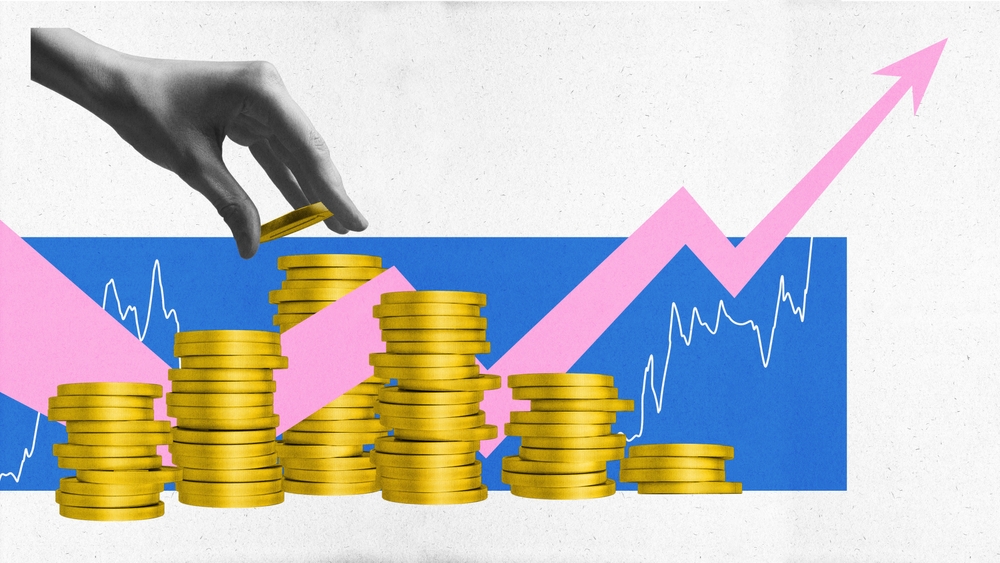
Economic factors can play a significant role in determining the value of coins, including pennies. Fluctuations in the metals market, changes in currency demand, or shifts in collector interest can influence a penny’s worth. For example, when copper prices rise, the intrinsic value of copper pennies may increase. Similarly, economic stability or instability can affect the market for collectible coins.
To understand the impact of economic trends on your penny’s value, monitor market reports and news related to precious metals and numismatics. Stay informed about changes in monetary policy or economic conditions that might influence collector behavior. Engage with numismatic experts or financial analysts who can provide insights into market trends. By staying aware of economic factors, you can make informed decisions about buying, selling, or holding onto your pennies. Remember that market conditions can change over time, so consider long-term trends in your evaluations.
12. The Legacy of Coin Collecting: Passing Down Treasures
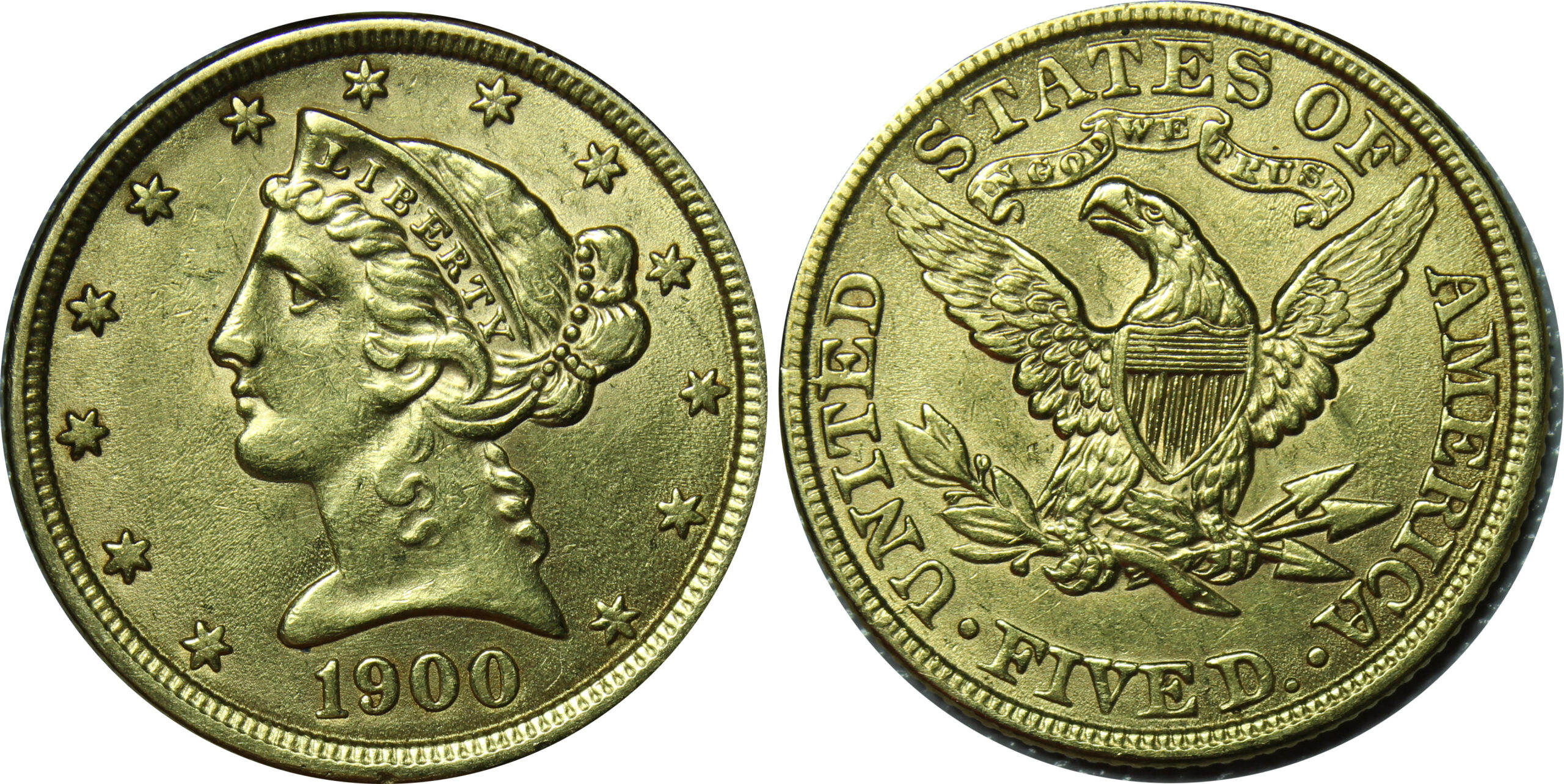
Coins have been cherished and collected for generations, often becoming treasured family heirlooms. Collecting and preserving pennies can create a lasting legacy that connects generations through shared history and appreciation. Some families pass down collections from one generation to the next, preserving both the coins and the stories behind them. This tradition can add sentimental value to pennies, enhancing their worth beyond monetary considerations.
If you have a collection with family significance, consider documenting its history and stories for future generations. Engage younger family members in the hobby, sharing your passion and knowledge about coins. Preserve your collection in a safe, climate-controlled environment to ensure its longevity. As you pass down your collection, instill a sense of care and appreciation for the coins and their historical significance. The legacy of coin collecting can become a meaningful and cherished tradition for years to come.
13. The Joy of Learning: Expanding Your Coin Knowledge
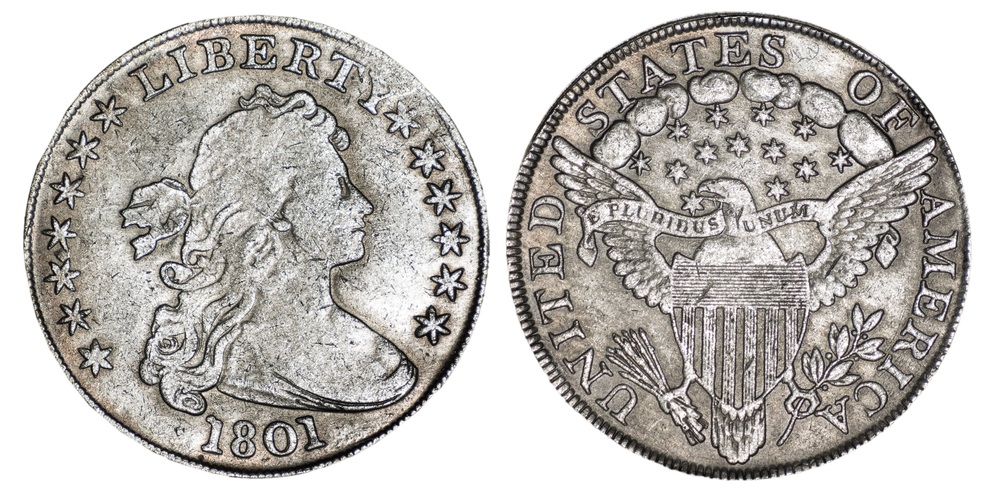
Engaging in coin collecting offers an opportunity to expand your knowledge and understanding of history, art, and culture. Each penny carries a story, and discovering these stories can be both educational and enjoyable. Learning about different coins, minting processes, and historical contexts can enrich your appreciation of numismatics. Collecting pennies can also connect you with a community of enthusiasts who share your passion.
To deepen your understanding, explore resources such as books, online articles, or classes on coin collecting. Attend coin shows, exhibitions, or workshops to gain new insights and meet fellow collectors. Engage with online forums and social media groups to share your discoveries and learn from others. By continuously expanding your knowledge, you can enhance your enjoyment of the hobby and uncover the hidden value in your penny collection. Embrace the journey of learning and discovery, as it can be as rewarding as finding a rare and valuable penny.
This article is for informational purposes only and should not be construed as financial advice. Consult a financial professional before making investment or other financial decisions. The author and publisher make no warranties of any kind.








